Still unsure of the benefits of a BS6-compliant car over a BS4? Why is there a rush to switch to vehicles that comply with BS6 Engine Technology?
Adopting BS6-compliant automobiles can help create a clean, green, low-emission environment. Furthermore, wouldn’t you want to be able to boast about driving a car with advanced technology?
Companies in the automotive sector are scrambling to release automobiles that comply with BS6. We tell you facts to consider regarding BS6 Engine Technology.
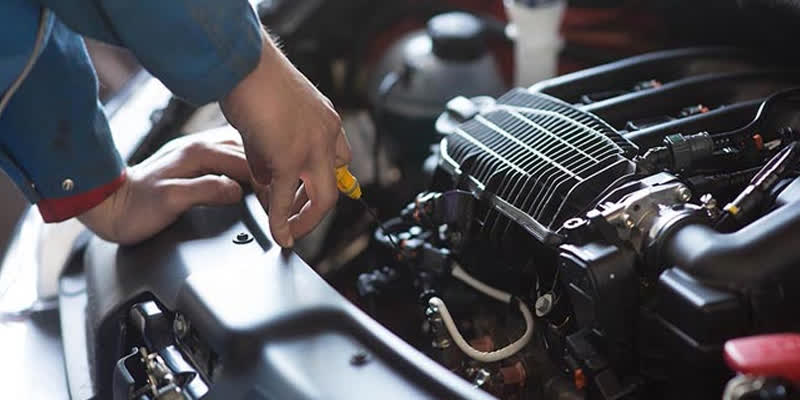
What is BS6?
In short, BS6 implements the rules established by EURO VI, which are currently in use in Europe. All new vehicles being produced and those going on the road must be BS6 compliant as of April 1. And it all begins with the engine, the very core of the car.
What is the BS6 engine like?
The once essential vehicle component, the carburetor, will now be replaced with an electronic fuel injection system for two-wheelers. Nitrogen oxide (NOx) emissions from gasoline-powered vehicles will now be 25% lower than they were under BS4 (the pollution standards in place before BS6).
Nitrogen oxide emissions from diesel cars will be reduced by 68%. Nitrogen Oxide emissions for two-wheelers must be less than 0.10 g/km.
Two-wheelers operating on roads will need larger catalytic converters and electronic fuel injections to succeed. With these technological advancements, the price of two-wheelers will likely increase by 10% to 15%.
Reasons to Adopt BS6 Engine Technology
1. Environment warrior
When you drive a car that complies with BS6 Engine Technology, you benefit from an engine that has been expertly built to provide lower emissions and, consequently, cleaner air. That unquestionably makes you an environmental warrior!
2. Lower NOx levels
You will be driving a car that lowers emissions from combustion by 25% if it complies with BS6 Engine Technology.
3. Adopting best practices
By investing in BS6 vehicles, you join your peers in many industrialized nations that have adopted cleaner, greener emission standards and help protect the environment.
4. Latest technology
You have the choice to switch to more environmentally friendly, fuel-efficient technology with real-time pollution monitoring systems thanks to BS6 Engine Technology.
5. Efficient combustion process
Through an enhanced combustion process, the advanced engines lower emissions, which in turn reduces the production of pollutants like PM and NOx. You, as a result, drive a more environmentally friendly vehicle.
6. Up-to-date on the latest trends
We may take pride in utilizing the newest, most effective technology. There are now eight BS6-compliant vehicles available for purchase.
7. Parity in fuel usage
Gasoline indifference means that BS6 petrol vehicles can operate flawlessly on BS4 fuel. As a result, you can go to locations where BS6 fuel is readily available without worrying.
Read Also: Ways to Keep Your E-Motorcycle Battery Running for Longer
Impact of BS6 on CNG Cars
For the use of CNG in BS6 vehicles, vehicle manufacturers will need to make minor adjustments or modifications to their diesel and gasoline engines. Manufacturers will soon start supplying BS6 engine technology that is CNG certified across the nation. Before the nation begins to sell electric and hybrid automobiles, CNG-powered BS6 cars and vehicles may serve as a temporary solution.
Pros and Cons of BS6 Engine Technology
Pros
- Eco-friendly
- More refined engines
- Better Engine Performance
- Convenient features
Cons
- Higher costs
Conclusion
The BS-6 regulations require the first-ever fuel injection system to be installed in a two-wheeler. This BS-6 engine technology has greatly reduced the carbon emissions of two-wheeler gasoline engines. Additionally, it is seen that the BS6 engines are more fuel-efficient despite having less power.
FAQs
Due to the differences between the fuel and engine builds, BS6 engines running on BS4 fuel may not meet BS6 emission standards. The emissions from BS6 vehicles must comply with BS6 standards, and BS6 fuel can only be used in BS6 vehicles. A BS6 vehicle can use BS4 fuel.
For diesel engines to reduce emissions, various factors and elements are at play. Nitrogen oxide (NOx) is transformed into diatomic nitrogen and water for the BSVI engine’s Selective Catalytic Reduction (SCR) unit with a catalyst called AdBlue. This AdBlue fluid is kept in a tank within the car and needs to be refilled when it runs out.
Because the BS6 engine is relatively cleaner than the BS4 engine, combustion is reduced. The vehicle’s performance is somewhat, but not significantly, decreased when new parts are added to the exhaust system. Nevertheless, automakers are working to create engines that strike a balance between output, efficiency, and emissions.






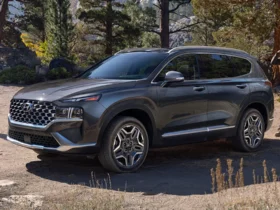


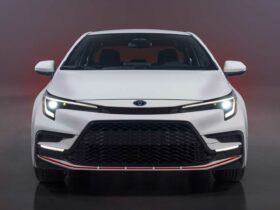
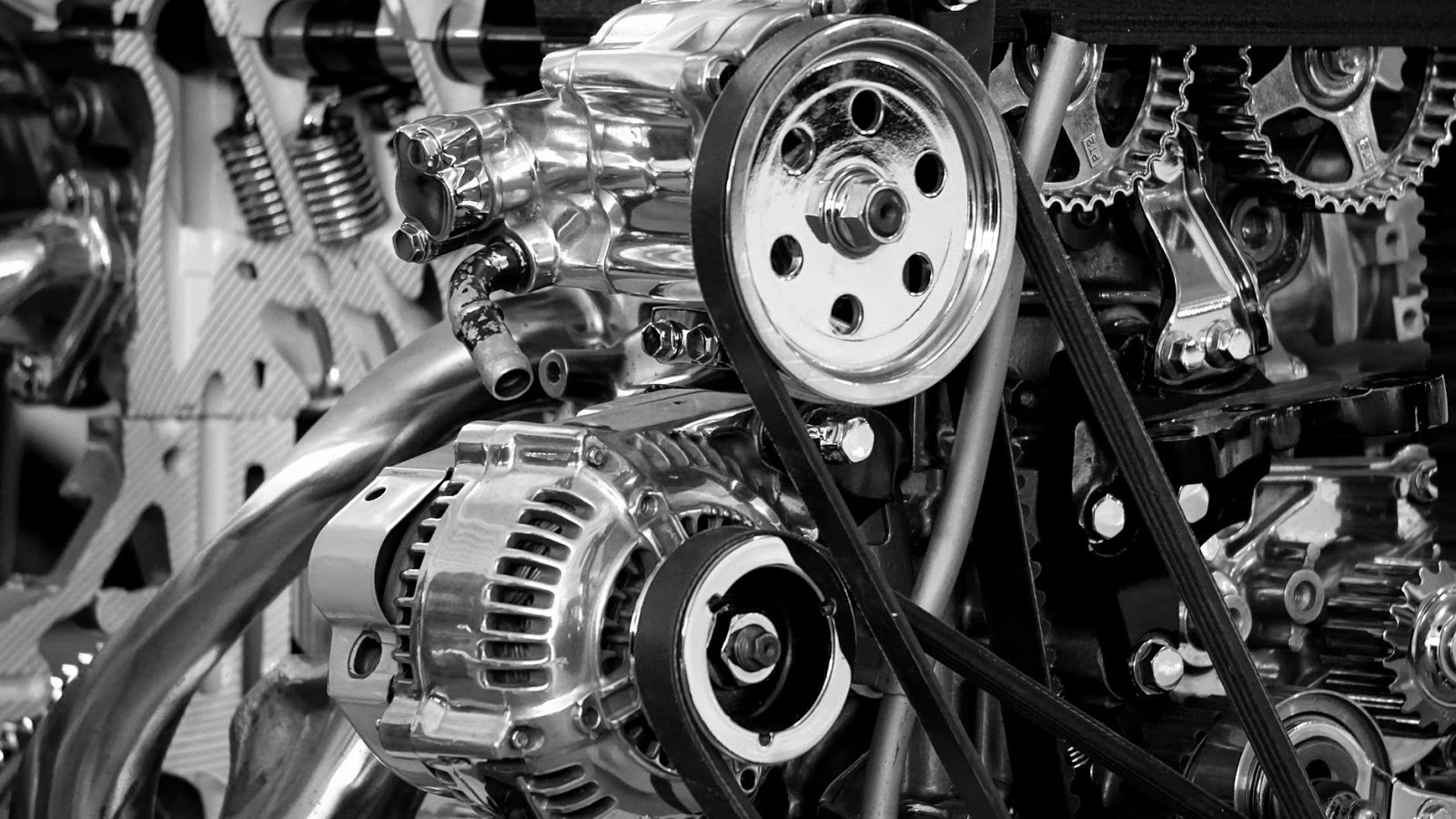

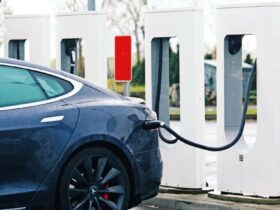




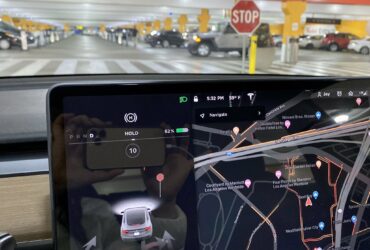

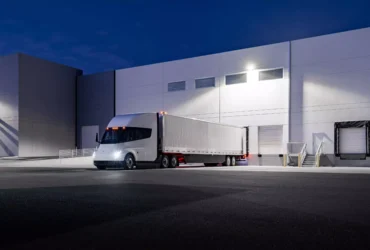
Leave a Reply